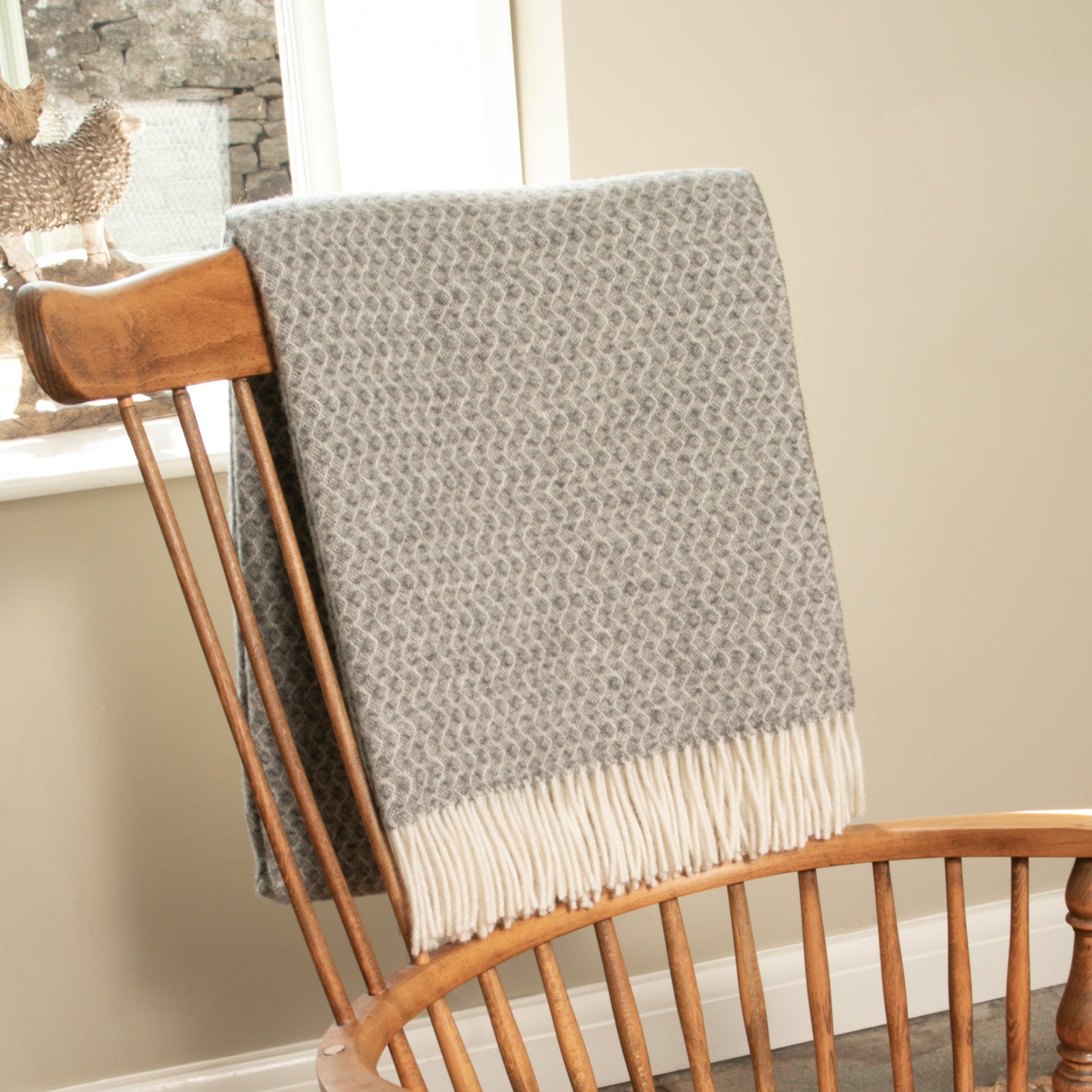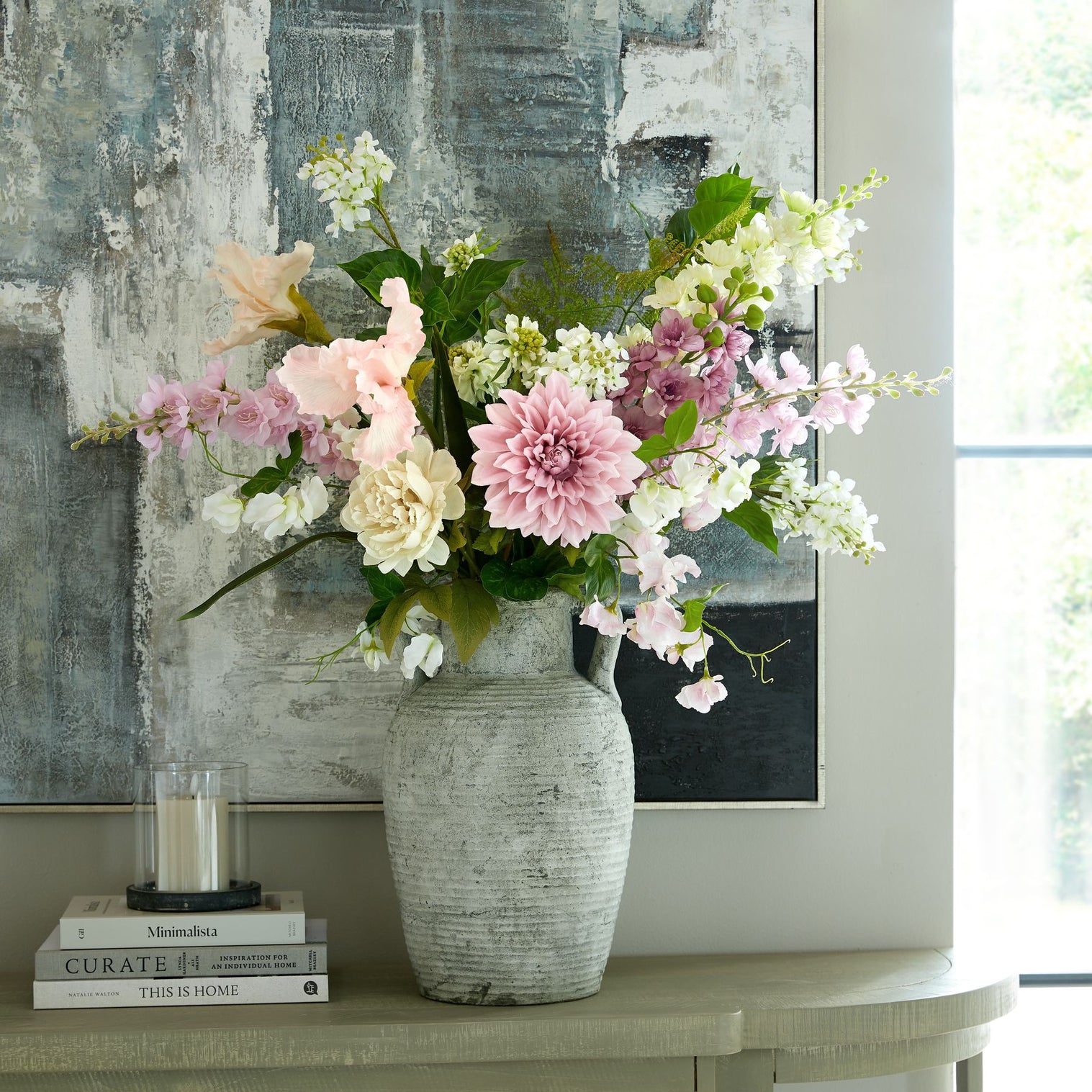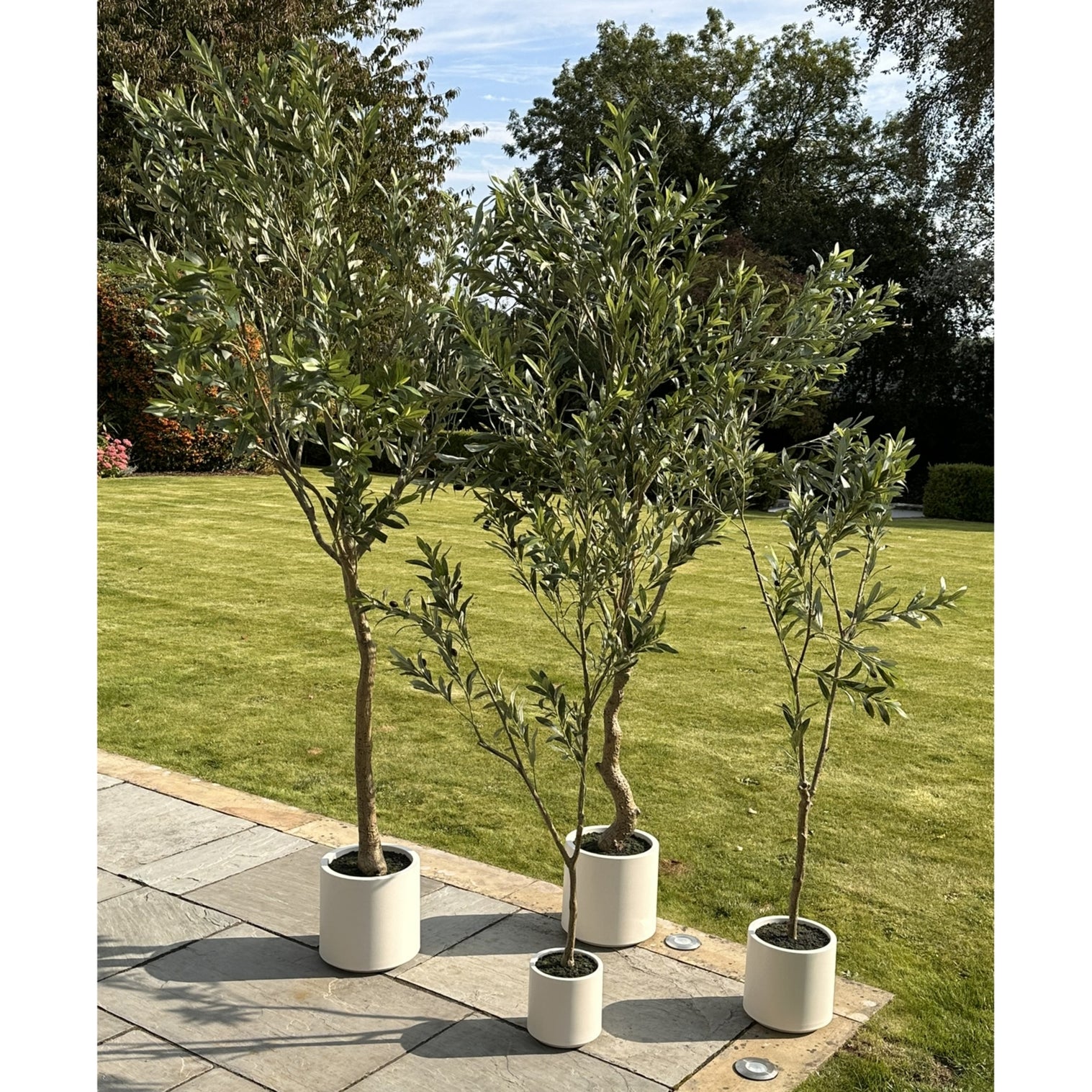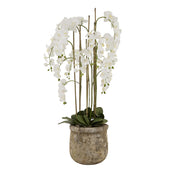In today’s fast-paced, tech-saturated world, many homeowners are turning inward—literally—for a sense of calm, connection, and authenticity. One of the biggest interior design trends of the moment? Incorporating natural textures into the home. From raw wood finishes to tactile textiles like linen and jute, this movement is all about embracing materials that ground us and bring the outside in.

Why Natural Textures Are Having a Moment
We’re craving more than just visual aesthetics in our spaces—we want warmth, depth, and a sense of place. Natural textures deliver all three. As minimalist and Scandinavian interiors begin to evolve, they’re making room for organic layers that feel lived-in and personal.
This trend isn’t just about style—it reflects a larger cultural shift. We’re more aware of sustainability, more connected to wellness, and more intentional about how we design our spaces.
Key Elements of the Natural Texture Trend
1. Wood in Its Rawest Form
Forget glossy finishes—think matte, grainy, and slightly imperfect. Whether it's reclaimed beams, live-edge tables, or unfinished oak cabinetry, wood adds character and warmth. Lighter tones like ash and birch are especially on trend, complementing neutral palettes beautifully.

2. Woven Wonders
Rattan, cane, seagrass, and jute are back in a big way. From furniture to light fixtures to area rugs, woven materials instantly bring an earthy softness to modern interiors. Bonus: they’re incredibly versatile, working well in both coastal and urban settings.

3. Earthy Textiles
Linen curtains, wool throws, cotton slipcovers—natural fibres not only feel luxurious but breathe life into a room. Their slight variations and imperfect finishes create an unforced, organic vibe that’s both comfortable and chic.

4. Stone & Clay Accents
Marble might still have its place, but stoneware, clay ceramics, and even rough concrete are gaining popularity for their grounding effect. Try adding a handmade vase, a natural stone coffee table, or textured tiles for a tactile upgrade.

5. Living Elements
Artificial plants are the ultimate way to introduce natural texture—realistic leaves, bark, soil, and stylish pots all contribute to a sensory-rich interior. Whether it’s a dramatic faux fiddle-leaf fig or a cluster of lifelike succulents, artificial greenery brings the look and feel of nature without the upkeep.

How to Bring Natural Textures Into Your Home
-
Start small: Add a jute rug or a few linen cushions to test how the look feels in your space.
-
Layer thoughtfully: Pair hard textures (wood, stone) with soft ones (textiles, plants) for balance.
-
Stick to a neutral palette: Let the materials speak—keep the color scheme subtle and grounded.
-
Shop consciously: Look for sustainable, ethically made items to align your design choices with your values.

Final Thoughts
Natural textures don’t just change how your home looks—they change how it feels. They offer warmth in the winter, breeziness in the summer, and a constant sense of calm and connection. As we continue to spend more time at home, it’s no surprise that more and more people are choosing to create spaces that reflect the rhythms and materials of the natural world.
Whether you're redesigning a whole room or just updating a corner, incorporating natural textures is a timeless way to make your home feel more like... well, home.



